|
By Brianna Medeiros
Douglass Residential College, Rutgers University, Class of 2023 I decided I wanted to be an extern at Modern Motion Dance School because I genuinely enjoy helping people, it’s something that I am passionate about and it lights my soul on fire. Additionally, I love working with kids. I have worked with them throughout multiple jobs, whether I was a camp counselor or a sales associate/part time princess at a children’s salon. So when I saw Modern Motion Dance School, I knew I wanted to learn more about the organization because it takes two passions of mine and combines them! When I first arrived at Modern Motion Dance School, even though I had never been there before, the staff immediately made me feel comfortable. Between the colorful decorations and friendly smiles at every corner, it was a place where I felt immediate joy. Every single person I met was genuinely a kind person. I wondered how a company was able to foster and harness such a genuine positive energy, and then I had a conversation with Ginger and immediately understood. Ginger is truly an amazing human, she is a very knowledgeable woman who can teach you a lot about business, but also about life. She reminds you to listen to your inner child and chase that dream that will fulfill you. She reminds you that building a life that you are proud of is possible. She reminds you that it doesn’t matter if you get knocked down, what matters is how you pick yourself back up. She lets you know that she believes in you and will help you with whatever goals you want to accomplish, and that is sometimes all a person needs to hear to chase after what makes them happy. She is the reason why Modern Motion Dance School is as amazing as it is. I only talked to her for one day, but I left feeling lighter and hopeful about my future, that’s the impact that Ginger has on people. I want to learn more about how Ginger was able to create such an incredible environment at her school because when I used to work at other kid jobs, there was toxic positivity and the work culture was not fun. That’s why when I got to Modern Motion, I was amazed at how friendly and welcoming everyone genuinely was. I have truly appreciated this experience so much and it’s refreshing to see a place that is made for kids that exerts genuine joy. Thank you to all the staff and dancers who welcomed me with open arms!
0 Comments
Guest Blog Contributor JoAna Marie Henigan I have spent the past two weeks at Modern Motion Dance School as an intern guest teaching classes, observing other teachers teach, and helping with other tasks around the studio. I had no idea what to expect before my internship began. I received very few details from my application and a few general instructions from Ginger, the studio’s Executive Director. I came in on my first day with a few short choreography combinations in my back pocket and hope that I would learn more as the two weeks continued. My expectations were exceeded. When I walked into Modern Motion Dance School I was welcomed with open arms. I would easily call it the healthiest studio environment that I had ever walked into. While observing classes, it was instantly clear that the teachers’ mission was to make the dancers feel confident and love their craft, no matter what that looks like. There was no judgment, only encouragement. I soon realized it was a place where everyone and anyone was welcomed to dance. For my first task, I was told I would be teaching a combination for a teen contemporary class. So, I loosely prepared a combination the day of and headed over to the studio. When I arrived the teacher of the contemporary class asked if I wanted to teach the entire class or just the combination. Frozen in fear I panicked and explained that I had only prepared a combination. I know that this wasn’t necessarily a bad thing- it was what I was told to do. But from then on, I learned it’s better to be over prepared. I experimented with different ways to prepare to teach dance classes. I have taught dance before at my hometown studio. However, all of the kids I thought knew me and I generally knew their abilities and how to work with them. It was new to me to work with totally new children that I didn’t know or without knowing their limitations. I knew I had to keep a range of abilities in mind for the next classes I was asked to instruct. So, I prepared full classes for each time I was told to come in. I became familiar with the studio’s schedule and the age range of the dancers I would be teaching. With that in mind, whenever I were to teach a class I wanted to come in with options so modifications were available to fit the needs of each dancer. Instead of loosely preparing a combination, I began to prepare combinations with modification options, so I could teach a version of the choreography that the children felt comfortable dancing. Additionally, when a teacher asked me to teach the entire class, I would have a general class prepared, but I would ask the teacher what they would do in a typical class to have a feel for their abilities and I could adjust my plans if needed. I learned so many things within my two weeks of teaching at Modern Motion. I will admit- I panicked a bit with such little information in the beginning. However, I now appreciate being completely thrown into the job. I was able to develop my own way of preparing and teaching classes, so I appreciated the little guidance and instruction given to me. I now know how to effectively prepare to teach dance classes for a range of ages and abilities. >>>>>>>>>>>>>>>>>>>>>>>>>>>>>>>>>>>>>>. You can learn more about JoAna and what its like being a dance major at Mason Gross School of the Arts in her recent interview on Chat. Dance. Love.
By Hallie Rumsey-LasersohnProfessional Dancer and Dance Teacher at Modern Motion Seeing a ballerina glide effortlessly across the stage while balancing perfectly on the tips of her toes in a tutu and satin pointe shoes is magical. It is no wonder many young dancers are eager to receive their first pair of pointe shoes, but there are many factors that determine whether a dancer is ready to safely begin pointe work including age, technical strength, experience, and maturity.
The journey to dancing on pointe is highly personal, but as a general rule dancers should not begin pointe earlier than age 12. This is because the bones in our feet do not fully develop until age 12-15. Beginning pointe too early can cause injuries, stunt foot growth, or even lead to deformities. Age is not the only factor to determine readiness for pointe shoes. Remember: being on pointe means holding up your entire body weight on the tips of your toes. Regardless of age, if a dancer does not have the strength in their feet and ankles, pointe is not only dangerous but painful. Students should be able to complete sixteen consecutive releves on each foot with a straight knee before they are allowed on pointe. They should also have enough strength to balance on demi-pointe on one leg in a variety of ballet positions. In addition to physical strength, students should have at least two years of consistent ballet training and a good understanding of ballet technique and alignment. Dancing in pointe shoes requires the foot and ankle to be pointed straight up and down without sickling and the hips and shoulders stacked directly over the toes with the core muscles engaged and the knees pulled up and straight. Many people think of pointe as its own genre of dance, but this is not the case. Pointe should be thought of as advanced ballet. It is for dancers who are serious about and committed to their training. Good attendance, exemplary class etiquette, and a willingness to work hard are essential to succeeding in pointe work. The decision to put a dancer on pointe is for your teacher to make. For dancers who are ready to pursue pointe, it will be gratifying, extremely fun, and yes, magical! There is nothing like the feeling of setting a goal and working hard to achieve it. By Hallie Rumsey-Lasersohn, professional dancer and teacher Working as a professional dancer is not your typical job. It takes many years of training and dedication to get to that magical moment when you get up on stage and share your art with the world. Not a lot of people know what a normal workday looks like for a ballerina. I am going to give you a glimpse into a typical day in my life as a professional dancer.
7:00 AM Every day starts with coffee, a filling breakfast, and more coffee. I have been loving oatmeal with fruit and peanut butter in the morning. It keeps me full for a long time and tastes delicious. After breakfast I do my hair in a bun, pick out a leotard and tights, and head to the studio. 8:00 AM Once I arrive at the studio I spend about an hour warming up. I do a combination of stretching and conditioning exercises to help prepare my body for the day ahead. I take my time and listen to my body, giving special attention to any sore or tight muscles I might have from the day before. 9:00 AM Time for company class! We always start the day with a ballet class to warm up, prevent injuries and continue to work on our technique. We start at the barre and slowly work our way up to bigger exercises, ending with big jumps across the floor. 10:15 AM After class, I have a fifteen-minute break before rehearsals start. I drink water, have a snack, and put on whatever shoes I need for my next rehearsal. 10:30 AM Rehearsals vary from day to day. This could mean learning a new piece, working on a specific part, or doing a full run-through of a ballet. 1:30 PM Time for lunch. I eat whatever I am in the mood for that day. Sometimes it’s leftovers, other times it’s a big salad or a Pb+J with yogurt and a piece of fruit. I always make sure to get some protein in to help with muscle recovery. 2:30 PM More rehearsals! It takes a lot of preparation to put a show together. 4:30 PM When rehearsals are over I head home, take a shower, do some gentle stretching, and have a snack. 7:00 PM If we have a show that night I will eat dinner then head to the theater to get ready. It takes me about an hour to do my hair and makeup. I take another short warm-up class, put on my costume, and then it's curtain up for the performance. If we don’t have a show that night I am either teaching, reading, or watching Netflix. 10:00 PM If the dance studio is my favorite place in the world, my bed is a close second. Sleep is so important for athletes' minds and bodies. I put on a podcast or book on tape and get my rest before doing it all again the next day! Written by Hallie Rumsey-LasersohnProfessional Ballet Dancer and Teacher at Modern Motion Flexibility is an integral part of dance training. It increases mobility, reduces muscle soreness, and helps to prevent injury, but for many dancers reaching flexibility, goals can be overwhelming. Here are 6 tips for improving flexibility!
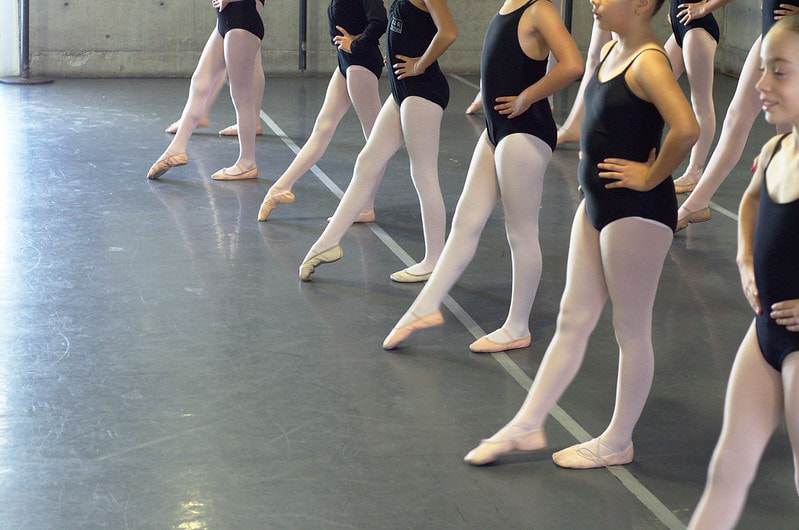 Blog Author Hallie Rumsey-Lasersohn Dance Teacher at Modern Motion and Professional Ballet Dancer I learned the hard way that dancewear is delicate. I spent years throwing my dance clothes in with the rest of my laundry and not giving it a second thought. I thought I was saving myself time and effort but after numerous runs in tights, broken straps, shot elastic, torn seams, worn-out shoes, and a whole lot of wasted money, I decided to get serious about my dancewear care. With proper care, you can extend the life of your dance clothes tenfold. Seriously, I have leotards I have been wearing since high school that are still going strong. These tips will save you time, money, and keep your dance wardrobe looking good as new. Washing If you’re really dedicated to keeping your leotard, tights, dance shorts, and skirts fresh and tear-free then washing by hand is the way to go. I use Woolite Delicates and cold water. Scrub gently, soak for 30 minutes, and rinse. This prevents shrinking, fading, stretching, and any snags that might be caused by the washing machine. Hand-washing is a surefire way to keep your dancewear in top condition but let's face it, we don’t all have time to delicately massage our tights and leotards in a bubble bath each week. When I don’t have the time or energy, I turn leotards and shorts inside out, put my tights and skirts in a mesh laundry bag, and throw them in the washer. Make sure you wash with cold water on delicate. I suggest using an enzyme-based detergent. This will dissolve dirt without damaging the fabric. If you do get a run in your tights, don’t pull it! Instead, use a small amount of clear nail polish over the run to prevent further tearing. Drying This one is pretty straightforward. If there is one habit you should adopt to make your dance clothes last longer it’s air drying. The dryer is the number one culprit of wear and tear. Dancewear is made from thin material and will air-dry quickly, especially if you leave it in sunlight or near a heat source. Shoe Care Canvas ballet shoes should be hand washed or machine washed on delicate in a mesh bag. Leather ballet, jazz, or tap shoes should be wiped down with a damp rag and or leather cleaner. Never put your dance shoes in the dryer. Try stuffing the shoes with paper towels or tissue paper to help them keep their shape while drying. If you air out your shoes after each use they will last much longer. It’s easy to throw your shoes in a sweaty dance bag and forget about them, but this will cause them to retain the moisture from your sweat and degrade quicker. The Bottom Line Dance requires specialized apparel that needs special care. Sure, you can throw everything in the washing machine and dryer and call it a day, but you’ll be shortening the life-span for these delicate and sometimes pricey pieces. Take good care of your dancewear and it will serve you well for years to come! |
AuthorModern Motion Dance School Archives
March 2023
Categories
All
|

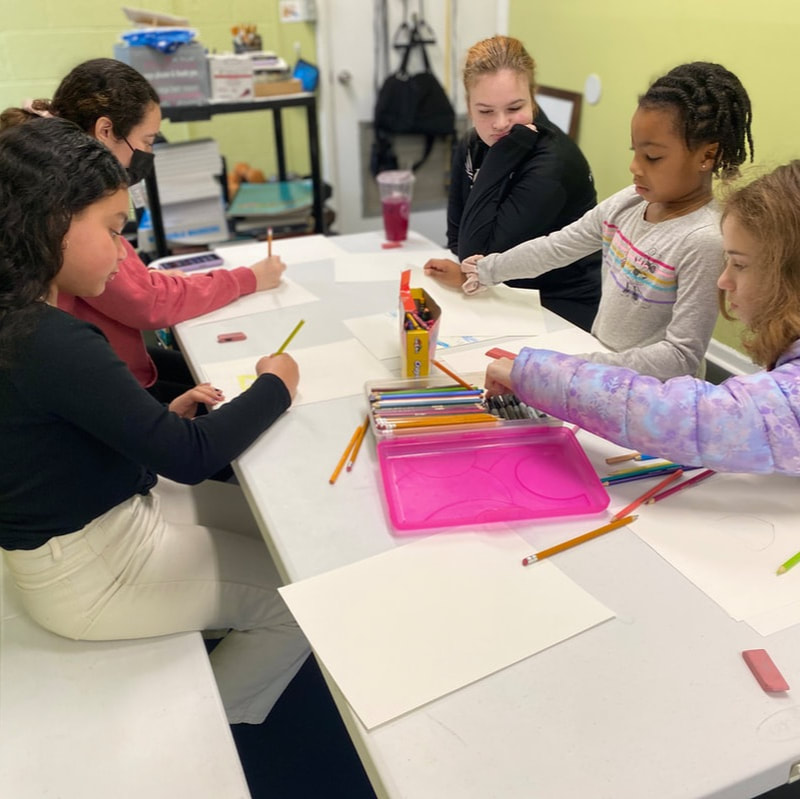
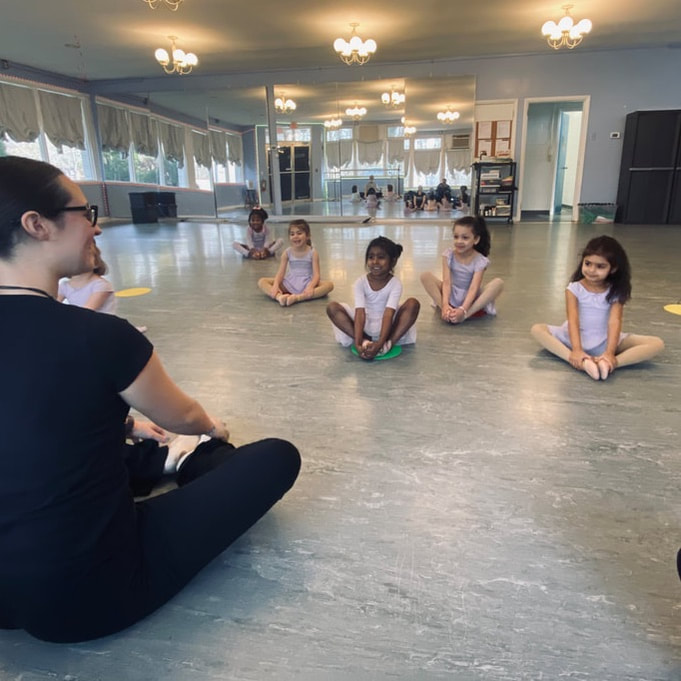

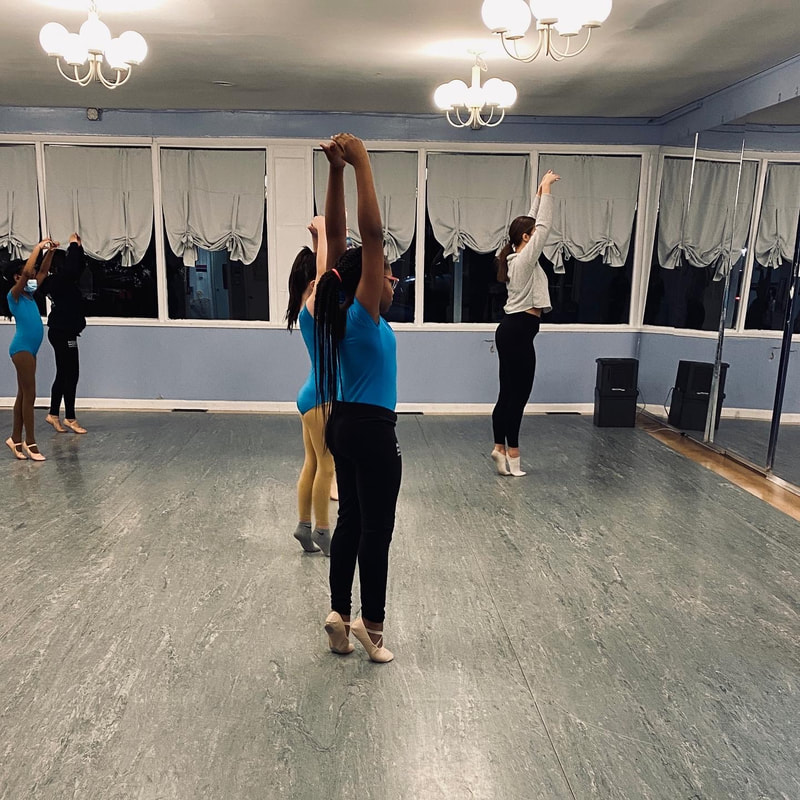
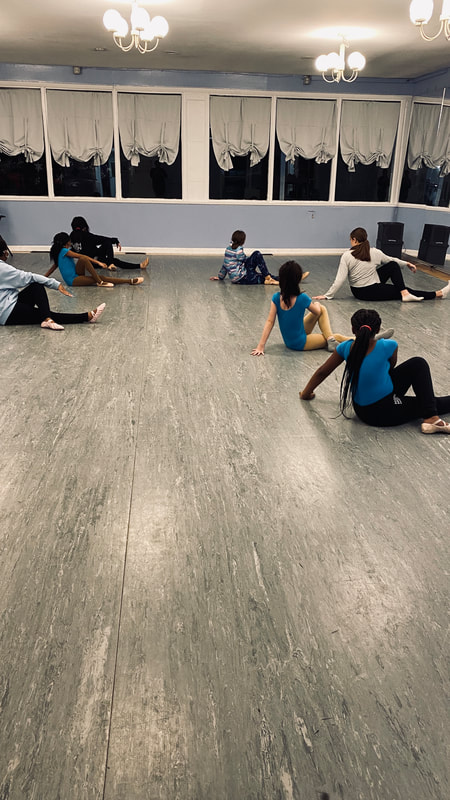
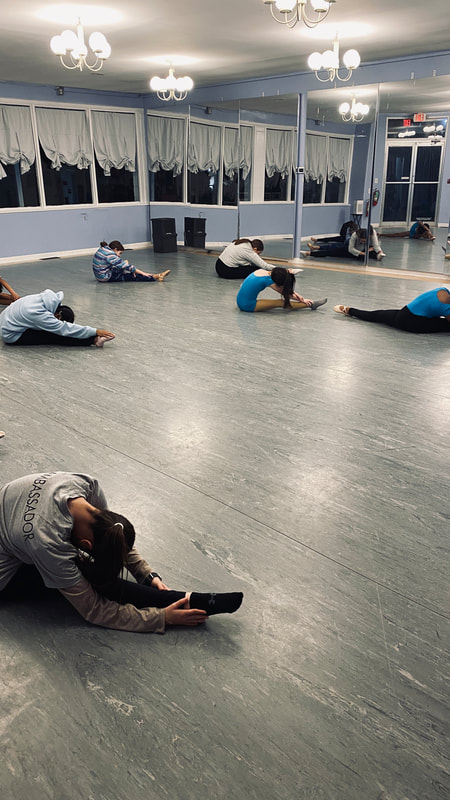
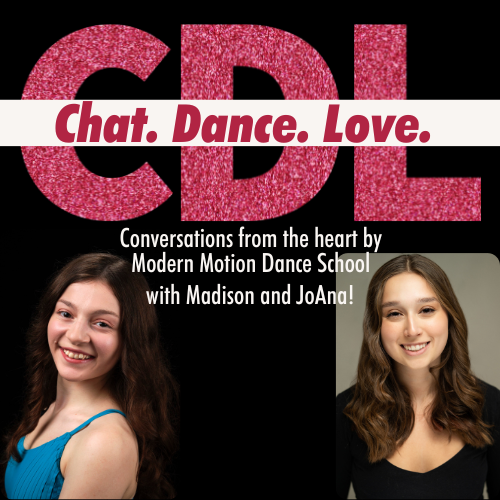
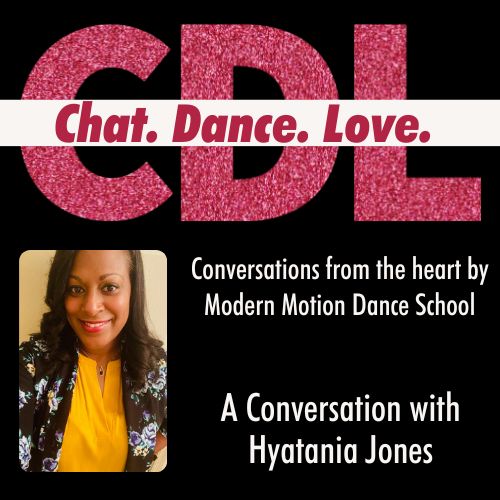
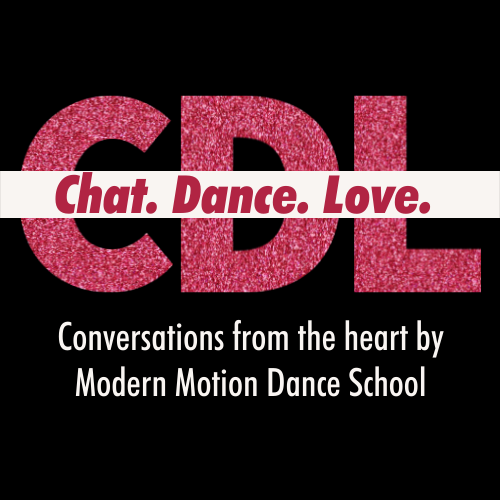

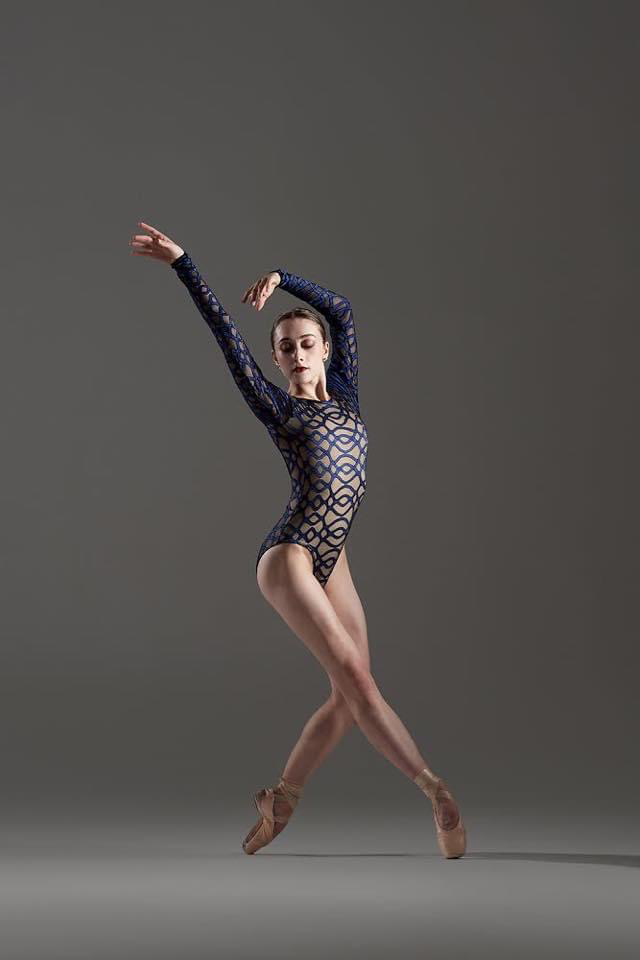
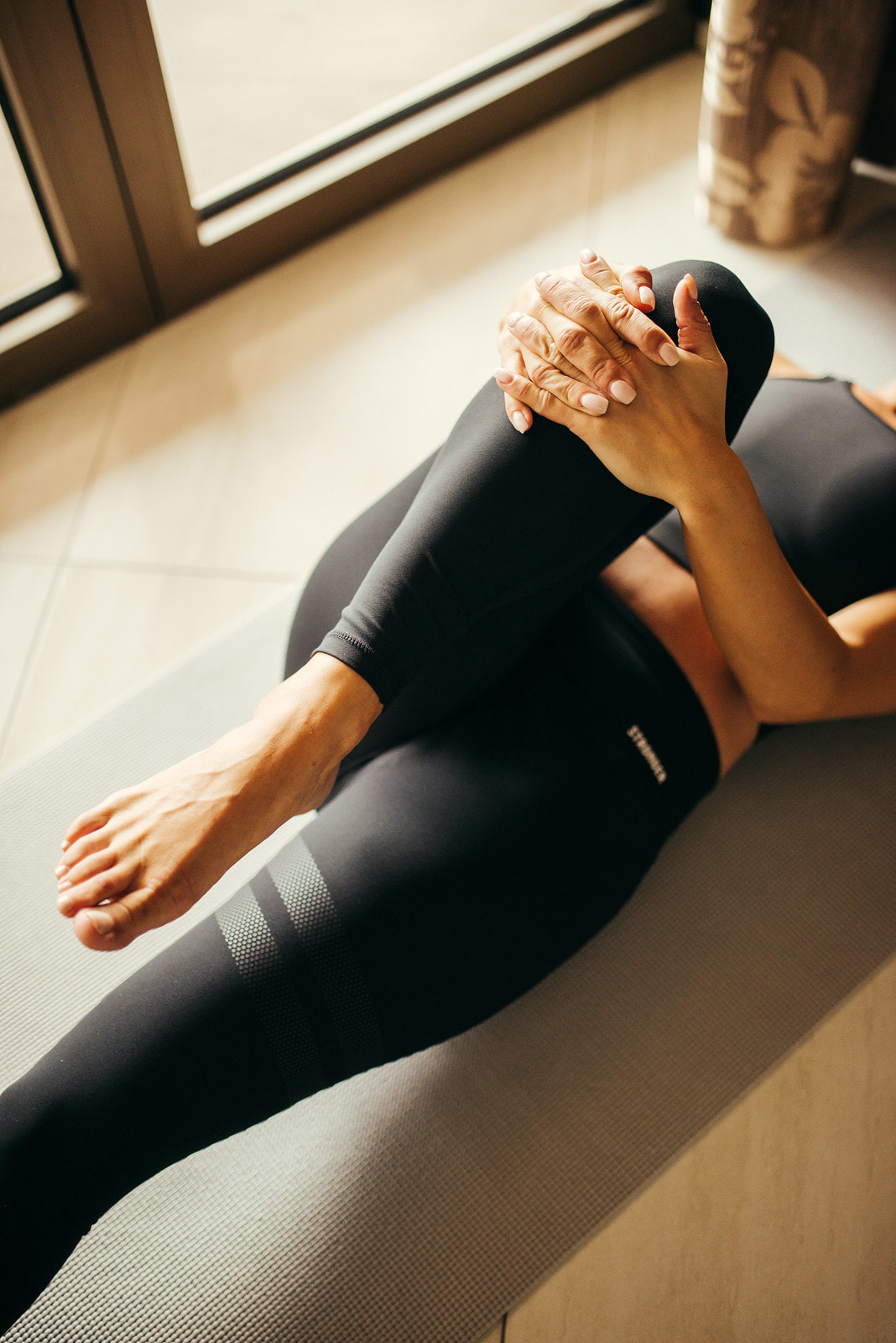
 RSS Feed
RSS Feed
